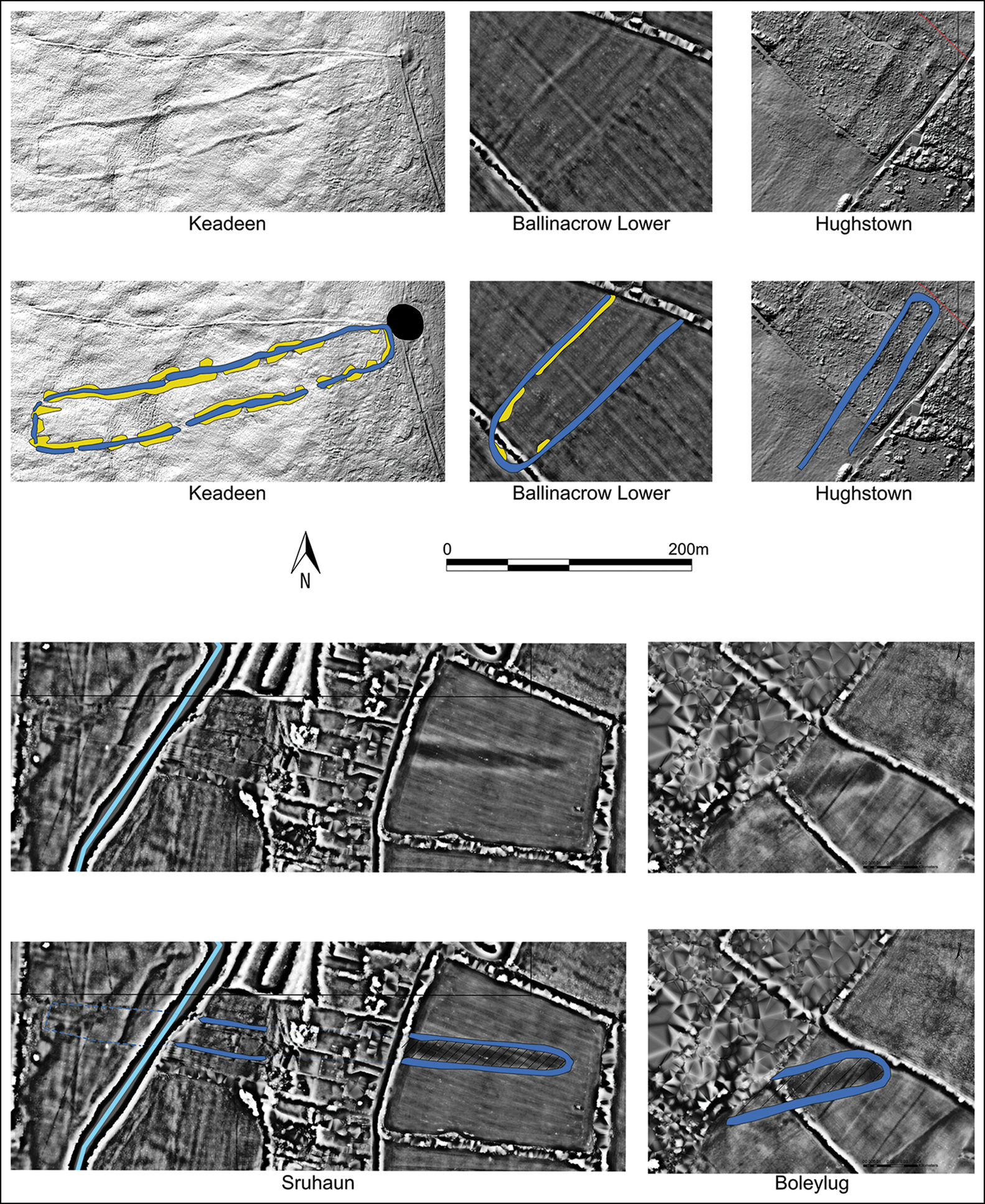A cluster of five enormous Stone Age structures in County Wicklow, Ireland, may have been built as a means of delineating the path taken by the souls of the dead as they ascend to the eternal realm. Known as cursus monuments, the constructions are extremely rare in Ireland but relatively common in Britain, although archaeologists are yet to fully understand their function.
Consisting of two elongated ditches or lines of wooden poles, cursus monuments typically extend for between 100 and 350 meters (328 to 1,150 feet), but can occasionally reach an incredible 10 kilometers (6.2 miles) in length. Appearing during the Neolithic, they have been found within some of Europe’s most famous prehistoric monuments, including Stonehenge.
In Ireland, though, cursus monuments are sparse, with just the odd isolated pair found here and there. However, in 2022, researchers used remote laser sensing technology to identify the country’s first known cursus cluster, consisting of five distinct monuments at a place called Baltinglass.
Describing the ancient quintet in a new study, James O’Driscoll from the University of Aberdeen explains that because cursus monuments are largely devoid of internal features or artifacts, they are considered to be among “the most enigmatic prehistoric monuments in Ireland and Britain.”
At Baltinglass, however, the cursus cluster displays a few key characteristics that may provide some clues as to its function. For example, four of the five cursus monuments are aligned to major solar events, with two pointing towards the sunrise on the summer solstice and another pair lining up with the autumn equinox sunrise.
Three of the monuments are also aligned with significant burial complexes, all of which are impossible to see until one exits the cursus – a design feature that O’Driscoll says may have been deliberate.
Visualizations of the cursus monuments created using hillshade and Simple Local Relief Models.
Speculating as to how the colossal structures may have been used, the author suggests that funeral processions might have advanced along each of the cursus monuments before laying deceased individuals in one of the burial grounds. In this way, “the cursus may have physically demarcated the final route of the dead, where they left the land of the living and joined the ancestors beyond the visible horizon.”
Extending his theory, O’Driscoll posits that “the rising of the sun directly behind these burial complexes when viewed from within the cursus at significant points in the year may have symbolised the final journey of the deceased from the land of the living towards the heavens.”
“The cursus, therefore, may emphasise the symbolic links and pathways that connected the living and the dead,” he concludes.
The study is published in the journal Antiquity.
Source Link: Neolithic Monuments In Ireland May Mark Out The Path To Heaven
